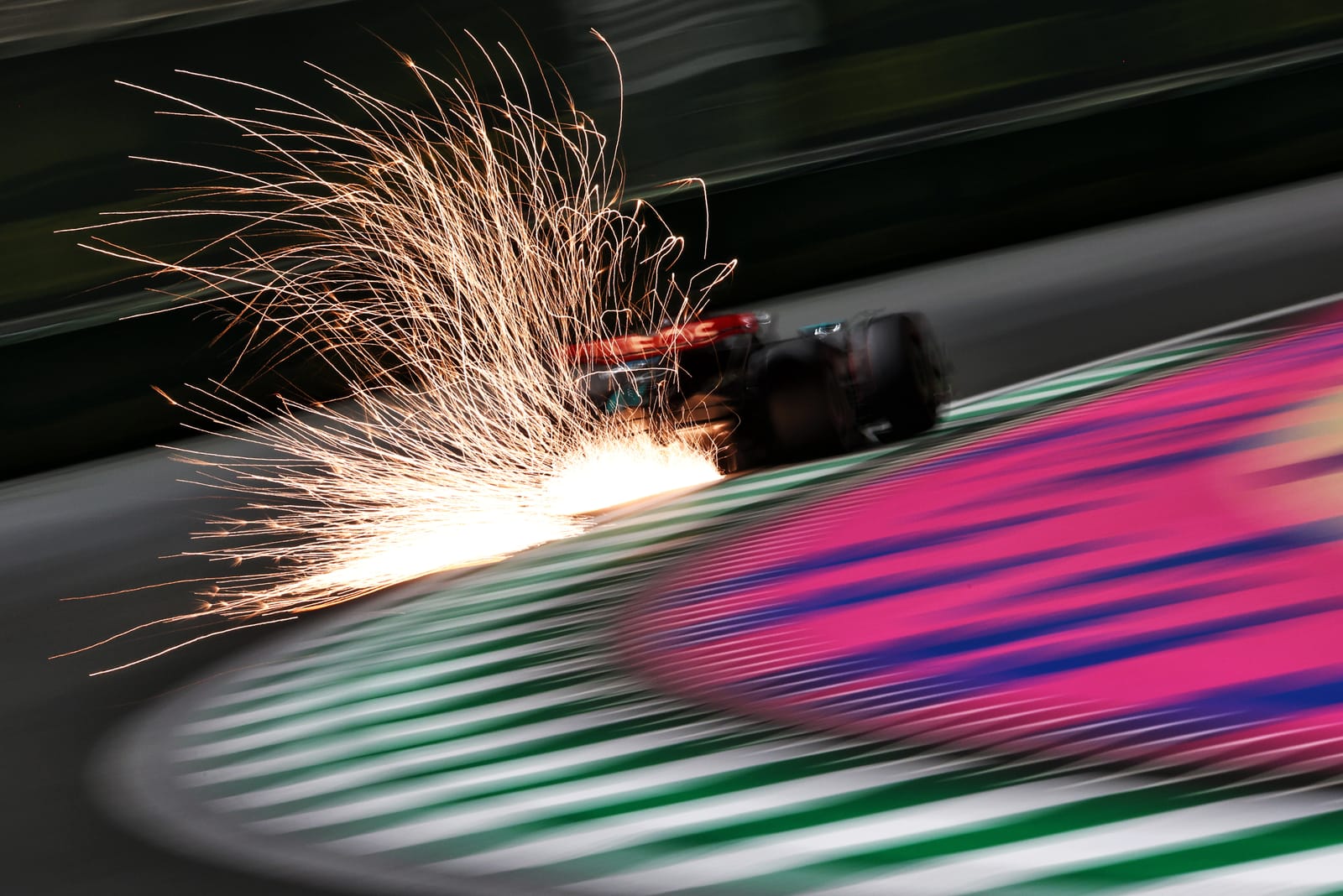Up Next

“There’s these spikes of ‘it could be good’, then it disappears” – Lewis Hamilton's sentiment after Australian Grand Prix qualifying sounds oh-so-familiar in the context of Mercedes’ last two-and-a-bit Formula 1 seasons.
Hamilton went from being within a tenth of a second of the fastest time in final practice to being knocked out in Q2 in Melbourne, as the seven-time F1 world champion and his Mercedes team watched another glimmer of promise fade to an underwhelming result.
Even team-mate George Russell, who has been happier when Hamilton’s been at his lowest this season, only marginally progressed to Q3 at Hamilton's expense and could only manage seventh on the grid.
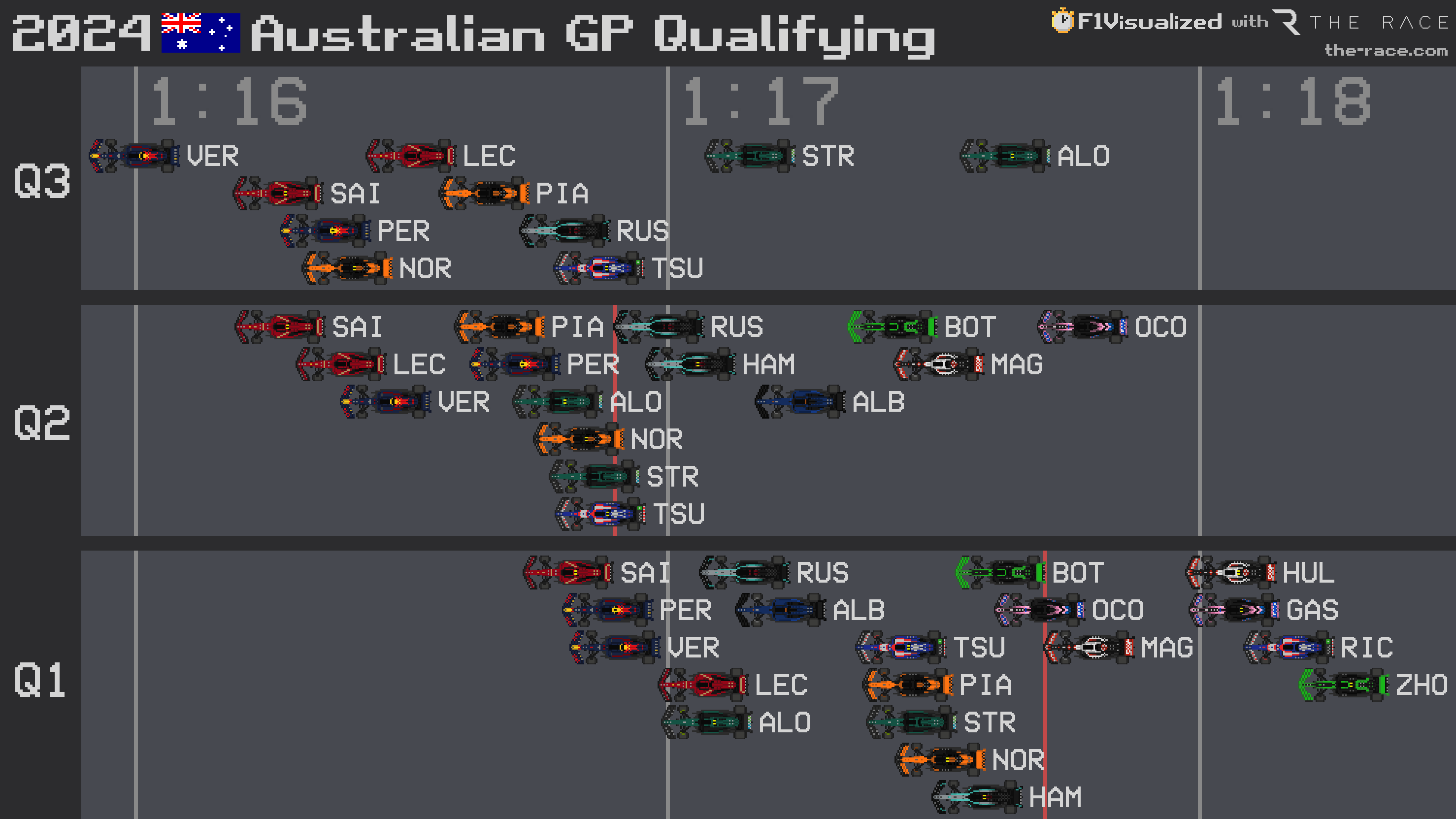
Not for the first time in 2024 (remember that 1-2 on Friday evening back in Bahrain?) Mercedes experienced a false dawn in practice.
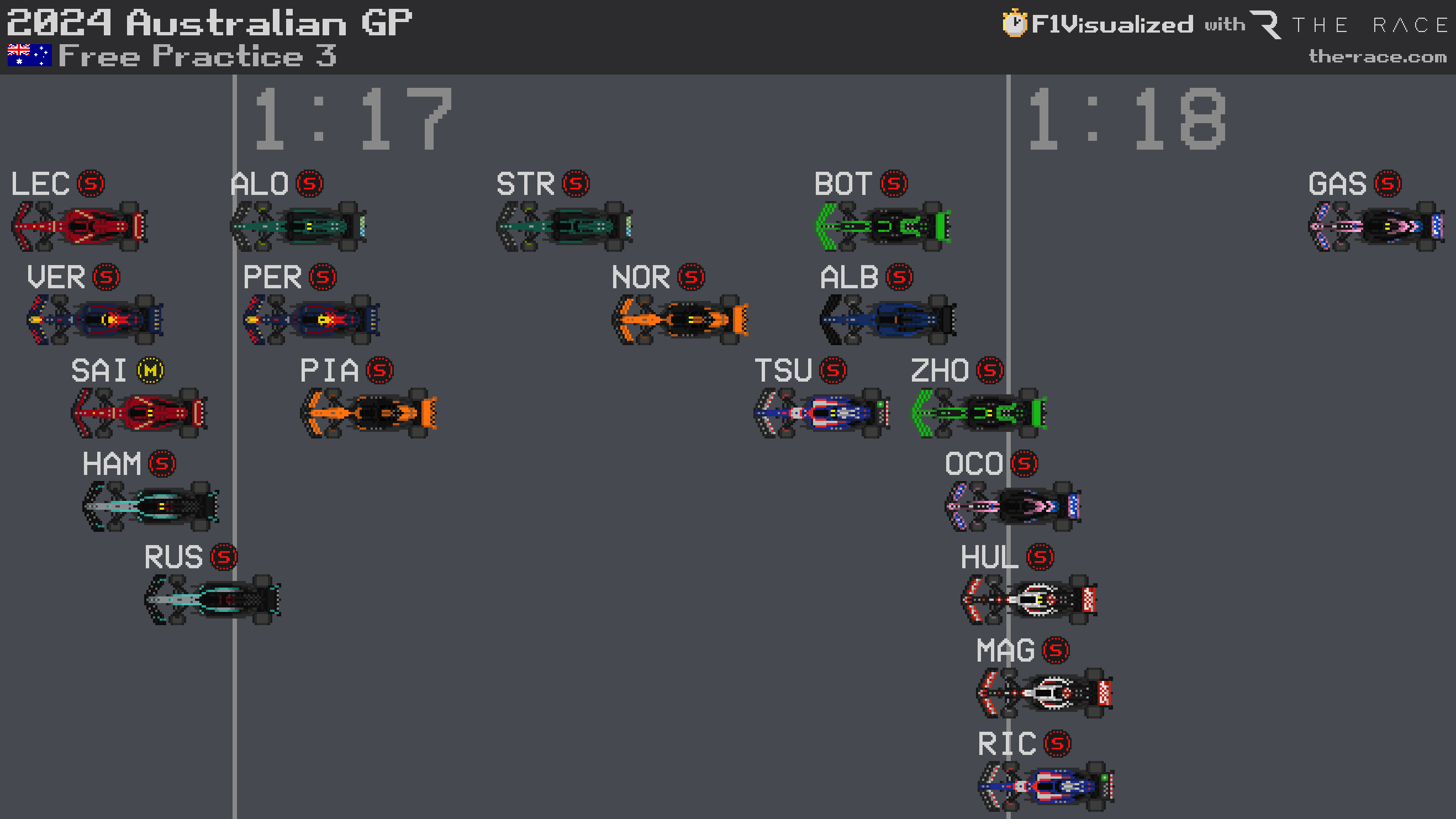
At Hamilton’s point of elimination in Melbourne Q2, he was 0.160s slower than he’d been in FP3, while Russell was half a tenth slower. Hamilton would have roughly matched his FP3 time without a mistake late in the lap. So, Mercedes effectively stood still while others marched forward: Carlos Sainz was six tenths quicker, for example, while Max Verstappen and Charles Leclerc were four tenths better off.
It may have been naive to hope for too much more. While Australia has been good to Mercedes the last couple of years, in relative terms anyway, Russell said this circuit does not play to the 2024 car’s strengths.
“We definitely know we’re struggling in the high-speed corners and this is a circuit where you see quite a lot of medium and high speed corners,” he said.
“We know where we need to work on, that’s clear.”
Having to drop down to sixth gear for the high-speed Turn 9 left-hander, a corner Verstappen took in seventh in his Red Bull, is one example. But the signs from FP3 had still been encouraging, especially Hamilton’s speed in the medium-speed and slower corners. And this after several overnight changes from a difficult Friday FP2 - which suggests Mercedes understood its problems and could address them.
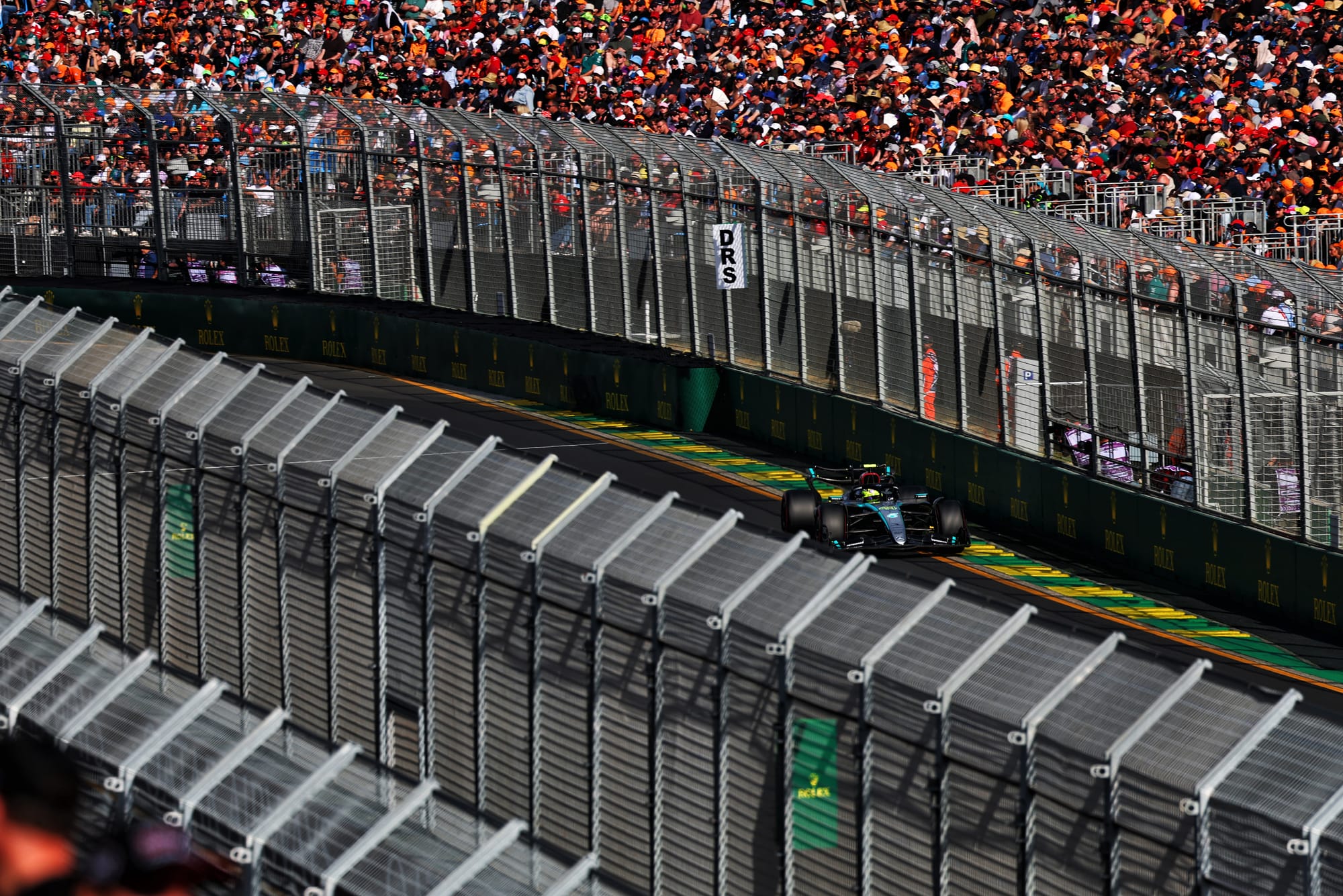
Then the tiny margins in final practice became a chasm in qualifying, though not between the Mercedes drivers themselves.
Hamilton’s final lap was only half a tenth slower than Russell’s, that being the difference between a place in Q3 and being eliminated, and had Hamilton had a better final couple of corners it would have been Russell whose qualifying ended early.
He was ahead until a slide through the penultimate turn and then the lightest dab of the brakes in the last corner cost him a couple of tenths versus Russell.
So, in isolation, Hamilton lacked little relative to Russell. He has looked as fast as his team-mate here, which could not be said in Jeddah where there was a clear and consistent gap between them.
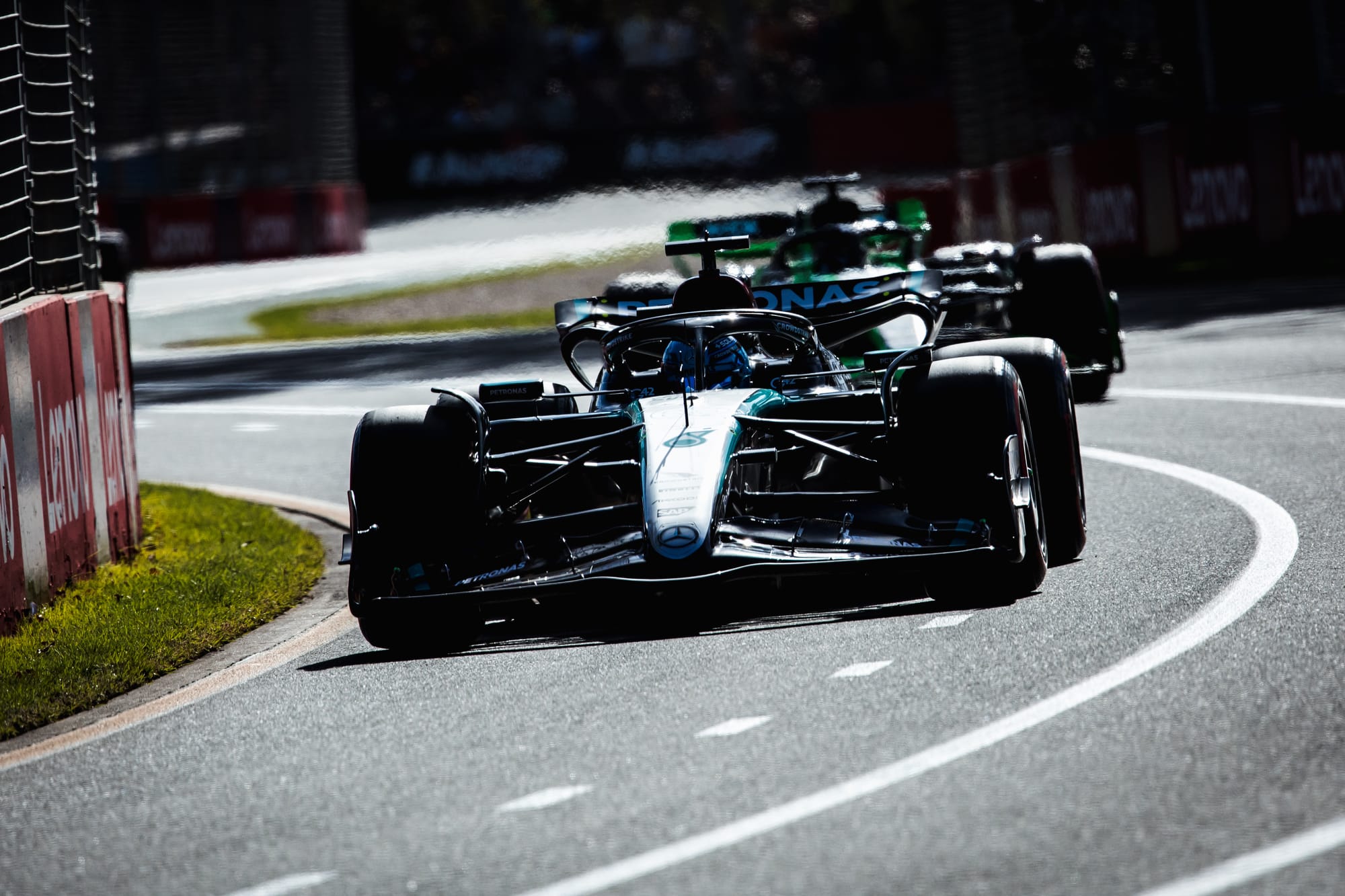
Zooming out, it may be that Hamilton is more sensitive to inconsistencies in the car’s performance. He says it “really messes with the mind” to go from being as quick and comfortable as he was in FP3, to struggling in qualifying. There were higher track temperatures and a change in wind direction, "but that does not fully explain why the car was well behaved in one session and such a handful the next," said Mercedes trackside engineering director Andrew Shovlin.
Russell, interestingly, claims he doesn’t feel those fluctuations in the cockpit. He has outqualified Hamilton all three races so far, and says he is happier with the car’s balance, suggesting he just rises and falls on the timing screen depending on how competitive the car is.
“I’m reasonably happy with how the car is handling," he said. "We just don’t have the performance.”
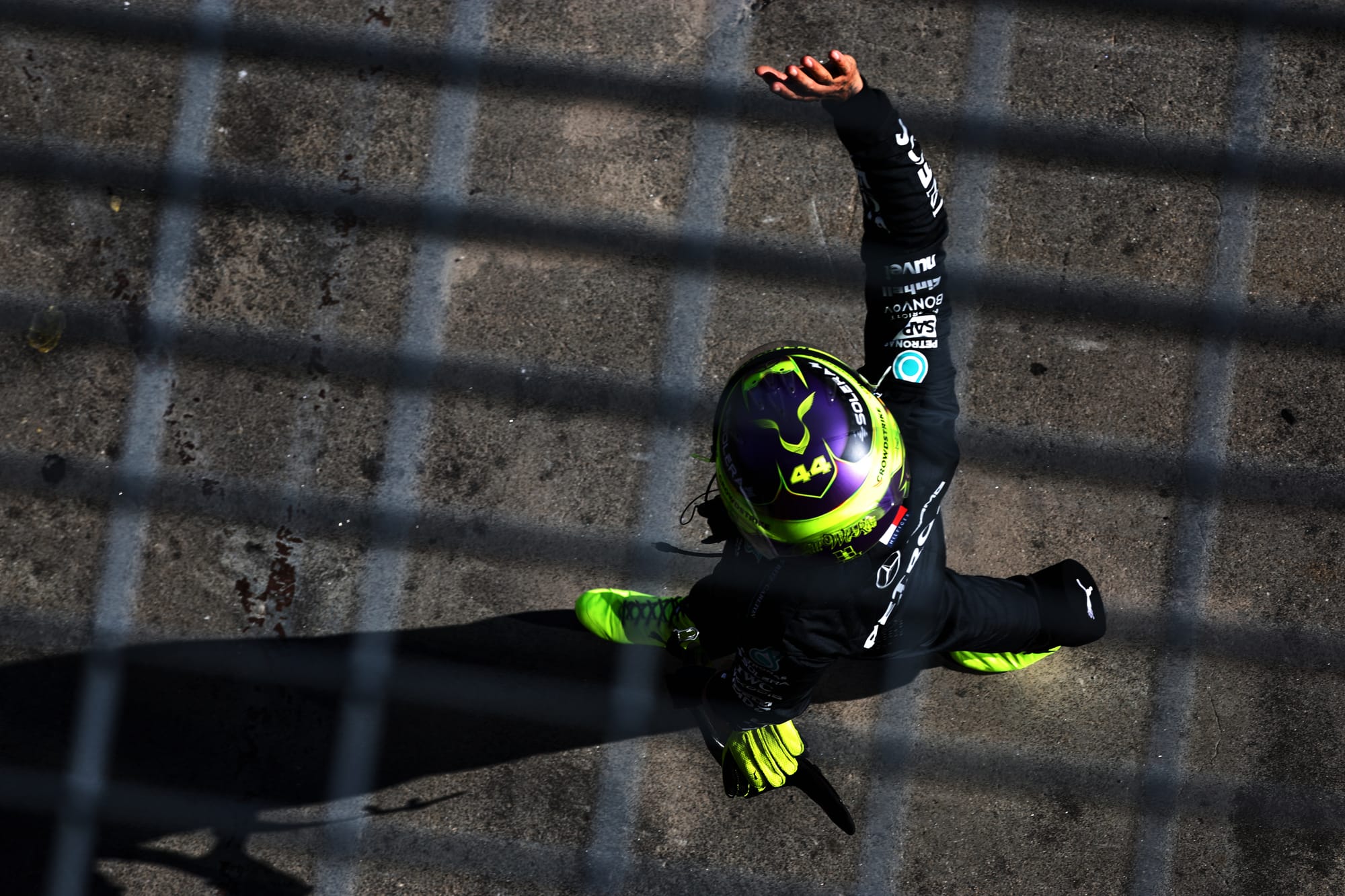
The specific circumstances might feed into that. No doubt Hamilton would have been a bit chirpier, and Russell more glum, were their positions switched. Which on the evidence of how close they were in Q2 is a very easy scenario to imagine rather than an exaggerated hypothetical one.
Instead, there were familiar complaints. Hamilton felt the car was on a knife-edge, and indicated it is proving to be wind-sensitive based on performance fluctuations between sessions when the wind has changed.
Given he was on a Q2 lap better than Russell’s until one small mistake, you have to wonder whether Mercedes simply hits a performance limit in qualifying that Hamilton occasionally strays beyond. How different would his car feedback be had his end to the Q2 lap been tidier? Would he have adopted the Russell position – that the car feels OK, it’s just lacking pace?
He’s said it before, so it’s possible. But it could just as well be that Russell’s just playing the team game and painting a rosier picture. Especially as team boss Toto Wolff suggested the car is “difficult, you can be narrowly in and out of the window” – a worryingly familiar sentiment.
And that's the real issue here. Hamilton described it as “three years in a row [with a] similar feeling” about how all this is playing out.
“If we can find a way of [keeping] that goodness in the car, making it more consistent and holding onto that, maybe we can be more competitive,” he pondered after qualifying.
But clinging onto that hope has been the prevailing Mercedes narrative of this ruleset.
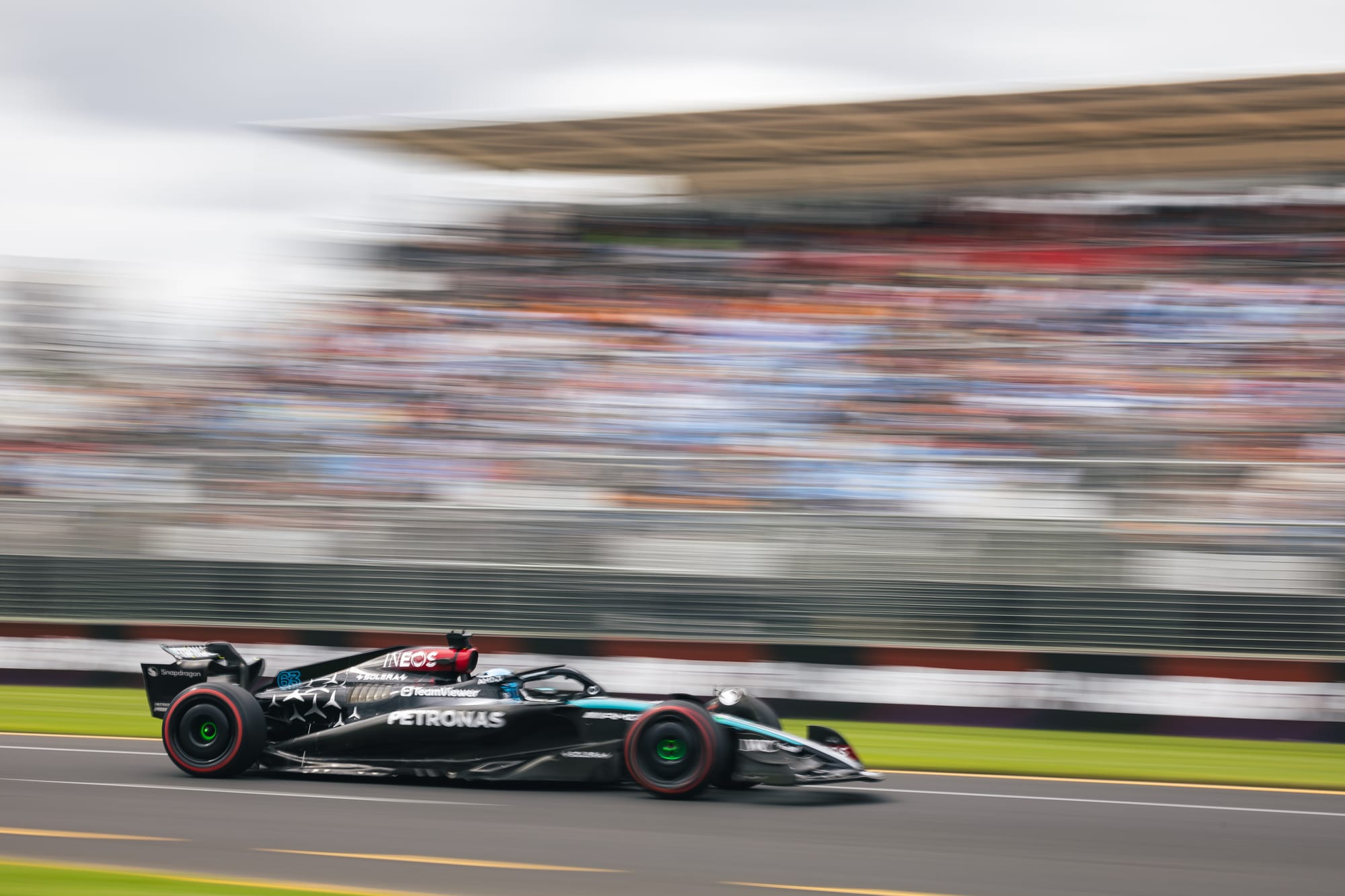
The limitations are currently keeping Mercedes from establishing itself at the head of the best-of-the-rest fight, let alone entertaining thoughts of challenging Red Bull. And the peaks are always just a little too tempting to temper expectations.
“I still have to believe there’s more in this car,” Wolff told Sky.
“Like this morning - it’s not a bad car that is able to achieve that.”
The trouble is it’s also not a great car that then has the capacity to fall away so suddenly when it counts.


